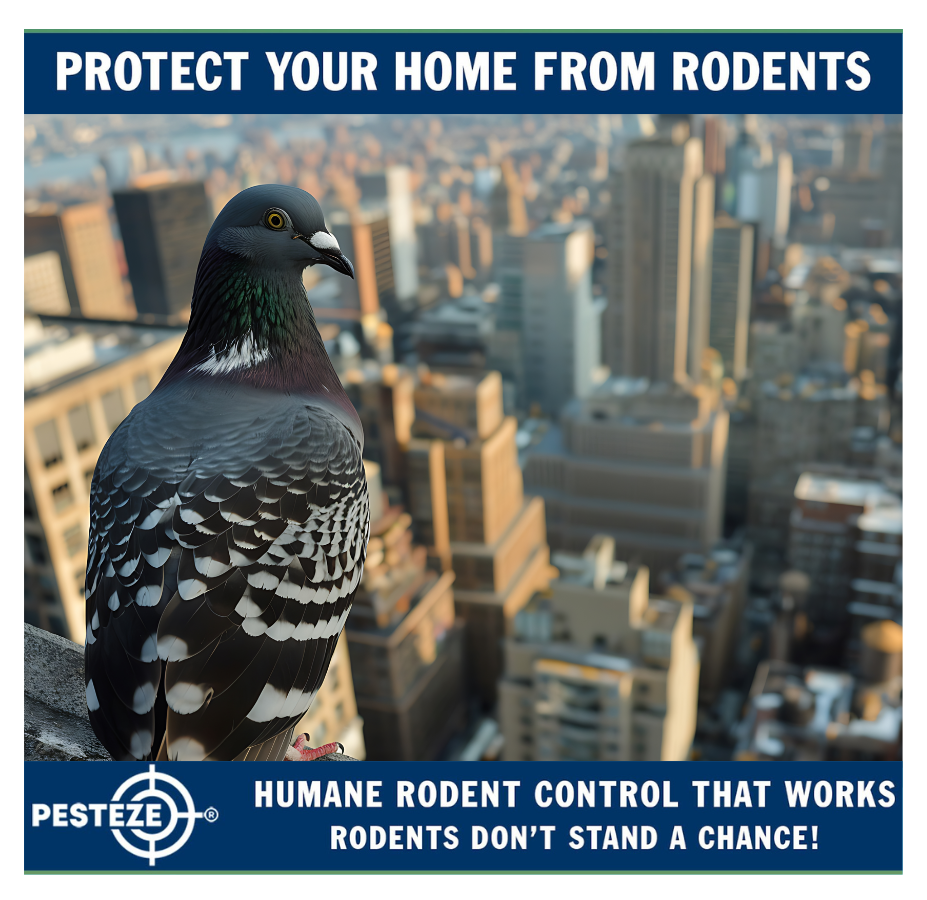SMART STRATEGIES TO KEEP CITY BIRDS IN CHECK

SMART STRATEGIES TO KEEP CITY BIRDS IN CHECK
SUMMARY
Urban environments attract flocks of pigeons, starlings, sparrows, and seagulls, often leading to property damage, health risks, and persistent noise. Effective bird control in cities involves a combination of deterrents, structural adjustments, and humane prevention methods. By understanding bird behavior and implementing the right tactics, homeowners, business owners, and municipalities can reduce nuisances without harming wildlife. This guide offers practical and proven strategies tailored for city settings, helping you safeguard your space and maintain cleanliness, peace, and safety year-round.
FEATURES
-
Physical Barriers: Install nets, spikes, or mesh to keep birds off rooftops, signage, and ledges.
-
Sound Deterrents: Use ultrasonic devices or predator calls to scare birds without disturbing people.
-
Reflective Surfaces: Hang reflective tape, discs, or mirrors to confuse and discourage birds from landing.
-
Habitat Modification: Eliminate food sources and nesting areas to make your property less attractive.
-
Bird Gels & Repellents: Apply non-toxic, sticky substances to ledges and railings to prevent roosting.
-
Falconry & Drones: Employ natural predators or drone patrols in large urban zones to reduce bird presence.
DESCRIPTION
Urban areas provide birds with abundant food, nesting opportunities, and high perches, making cities ideal environments for them to thrive. Unfortunately, this often results in unwanted side effects for residents and property owners, such as droppings, blocked ventilation, damaged roofing, and the potential spread of diseases. Fortunately, there are humane and effective strategies that help control bird populations without harming the animals.
One of the most reliable methods involves physical exclusion—installing bird netting, wire systems, or anti-roosting spikes to make it physically difficult for birds to land or nest on buildings. These tools are particularly effective on signage, window sills, HVAC units, and rooftops.
Sound deterrents offer a non-invasive approach. Devices that emit ultrasonic pulses or recordings of bird distress calls can persuade flocks to avoid certain areas. Similarly, reflective deterrents such as Mylar tape or metallic pinwheels disorient birds using light and motion.
Habitat modification plays a key role in sustainable bird management. Keeping trash secured, eliminating food crumbs, and sealing potential nesting spots reduces the appeal of your space. In commercial or industrial zones, pest control experts often deploy drones or trained birds of prey to deter larger flocks safely.
For residential settings, bird-safe gels or sprays applied to favored roosting spots offer a discreet yet powerful deterrent. These non-toxic substances make surfaces uncomfortable for birds, gently encouraging them to move on.
Together, these tactics form a multi-layered defense. Whether you're protecting a patio, storefront, warehouse, or entire block, combining several strategies yields the best long-term results. Implementing urban bird control doesn’t require harm or heavy investment—it just takes informed action and consistency.
- Maanas Mehta


Comments 0